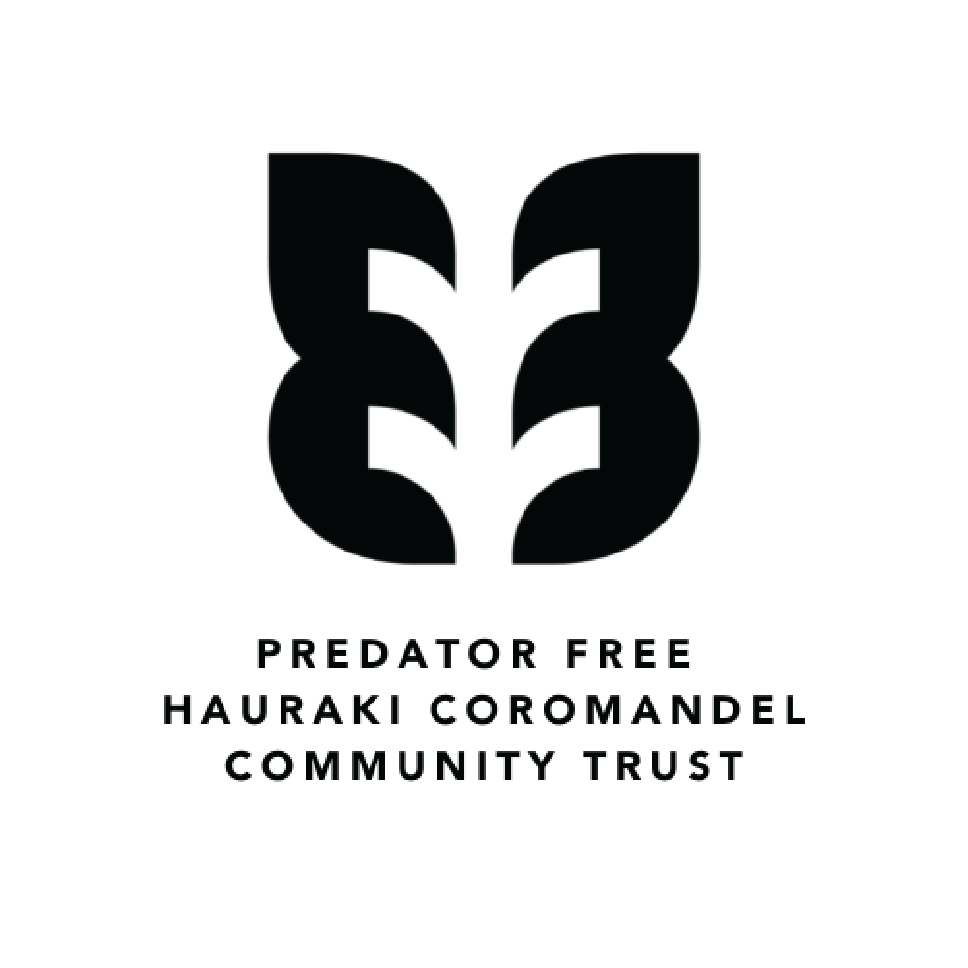
Place
This landscape scale regional conservation project is based in the North Island of Aotearoa New Zealand. It stretches across the Hauraki Coromandel region from Moehau to Te Aroha maunga – an area of almost 286,000 ha.
The Hauraki Coromandel is an area of high ecological significance nationally and internationally. The complex geography and diversity of habitats down the length of the Peninsula contributes to our distinctive plant and wildlife.
A dramatic mountainous spine bisects the Peninsula into two very distinct parts and is covered in large tracts of untamed forest with one the few remaining stands of ancient kauri trees in Aotearoa.
There are over 600 offshore islands and rock stacks almost 80% of which are predator free, including the Mercury Islands | Ahuahu archipelago. Thousands of seabirds venture daily to feed in Coromandel waters and beyond.
The Hauraki Coromandel landscapes have long captured the spirit and imagination of our greatest writers, artists and photographers, as demonstrated by the late Dr Michael King’s poem below.
Our identity is shaped by the presence of water and mountains
Whatever the origin of individual residents, whatever their personal values and however long they or their families have lived on the Coromandel, there is one factor above all others that binds them and stamps them with an identity:
The proximity of that rugged range with its craggy tops, its steep slopes, its deep valleys; and the juxtaposition of these features with the sea. Wherever one lives on the peninsula, physical life is dominated by the presence of water and mountains. And because that presence affects so pervasively what people see and do, it becomes a factor in their emotional and spiritual life.
“The hills provide a horizon for the mind,” is how Veronica Black, a resident of Colville and Coromandel, describes what happens.
Coromandel people not only have a peninsula on their doorstep; they have it imprinted on their psyche. And most feel deprived when they are out of the sight and reach of it.”


